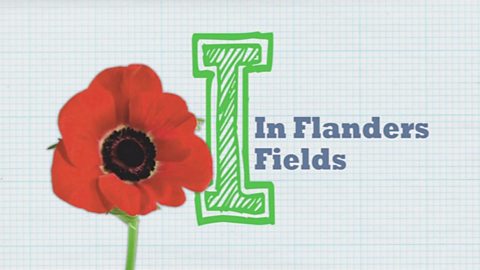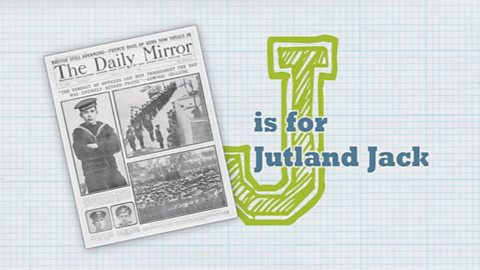Video summary
Newsreel and photographs illustrate life on the ΒιΆΉΤΌΕΔ Front in Britain during World War One.
A commentary describes how women and children played their part in keeping factories and farms working.
A dramatic monologue introduces Charlie Waller, aged 11, a boy scout.
Charlie describes his wartime duties.
As well as guarding railway bridges and looking out for spies, scouts were called on to help in hospitals, with the harvest and to run errands for the coastguard.
This clip is from the series WW1 A to Z.
Teacher Notes
Pupils could find out more about the work of the scouts and guides during World War One, using websites and books.
What impact do they think working outside of the home had on womenβs lives?
This short film is suitable for teaching history at Key Stage 2 / Second Level or above.
G is for Gas. video
School pupils handle a British gas mask from WW1. Newsreels of the period show soldiers using gas masks in training and at the front.

I is for In Flanders Fields. video
Newsreel, photographs and commentary introduce the Canadia Lieutenant Colonel John McCrae, who wrote the famous poem 'In Flanders Fields'.

J is for Jutland Jack. video
Newsreel and commentary about the role of patriotic songs in World War One, plus a dramatic monologue about the songwriter Ivor Novello.
